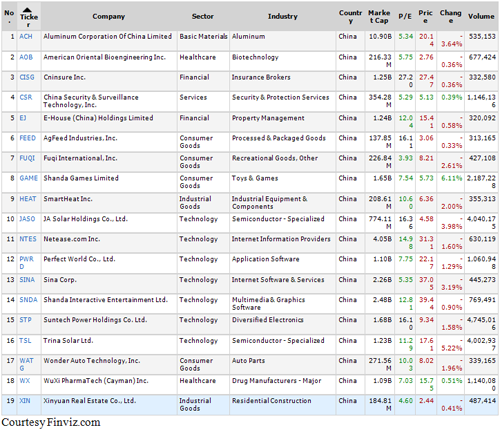PEG Ratio Why you should not use it to screen stocks
Post on: 10 Июнь, 2015 No Comment

There are various ratios and percentages used to evaluate the fundamentals of a company and its stock. In his book One Up on Wall Street, Peter Lynch popularized the concept of PEG ratio which continued to gain popularity through the 1990s and if still considered a key measure while evaluating the fundamentals of a stock. However, the PEG ratio has some serious flaws which you should be aware of before you make it a part of your investment strategy.
What is PEG ratio?
Usually listed among the various ratios and percentages used for fundamental analysis of a stock, the PEG ratio is supposed to make it easier for investors to identify undervalued companies as part of a stock research or screening process.
Mathematically, the PEG ratio = (Price to Earnings ratio) divided by (Annual earnings per share growth rate).
That is, PEG ratio= (P/E ratio)/G
The annual growth rate can be either 1-year or 5-year estimated growth rate.
The P/E ratio itself is calculated by using market price of stock per share (P) divided by the earnings per share (E).
How is the PEG ratio used?
The PEG ratio is propounded by many as a measure to evaluate if the price per share of a companys stock is undervalued, overvalued, or fairly priced. If the PEG ratio of a stock is 1, then it is being supposedly valued fairly by the market. But if the PEG ratio is less than 1, then the stock is supposedly undervalued and therefore is good value for an investor. If the PEG is more than 1, then the market has overvalued the stock, and the general recommendation is that you should not purchase such a stock since you are paying more than what it is actually worth (the stock is expensive). I do not generally agree with the concept of PEG ratio. For an explanation why I do not recommend using PEG ratio without a thorough understanding of its limitations and flaws, keep reading.
Here are the reasons why I feel the PEG ratio should not be used by most investors.
Reason 1: Just how much do you trust the analysts?
A critical part of the PEG ratio is the estimated growth rate. Have you ever been burned by the analysts opinions for a stock/company? I have. When I first started investing in stocks, I had the naive impression that people who have spent years learning how to analyze stocks and companies are probably going to be correct most of the time, right? Wrong. Analysts are frequently incorrect, and investors lose money everyday from relying solely on the projections and forecasts from analysts. Even a companys own projected growth rates can be way off (or in some cases, can be manipulated). The bottom line, most of us do not have a crystal ball that will tell us the accurate future of a company. Are you willing to stake your money on someone elses opinion about the future of a company?
Reason 2: Small cap stocks are out
If you are willing to take a risk on using the analysts forecasts and the companys projections regarding its estimated growth, then you better not be a small cap stock investor. The PEG ratio can be very unreliable and dangerous as a screening tool for small cap stocks. The reason is that small cap company stocks are poorly covered by analysts. As a result, the forecasts and projections can be even more inaccurate for smaller companies. You will have to ensure that several analysts are covering the stock and that the stock has received proper attention and analysis for several years before considering to use the PEG ratio for small companies.
Reason 3: Large cap stocks with slow growth are out














